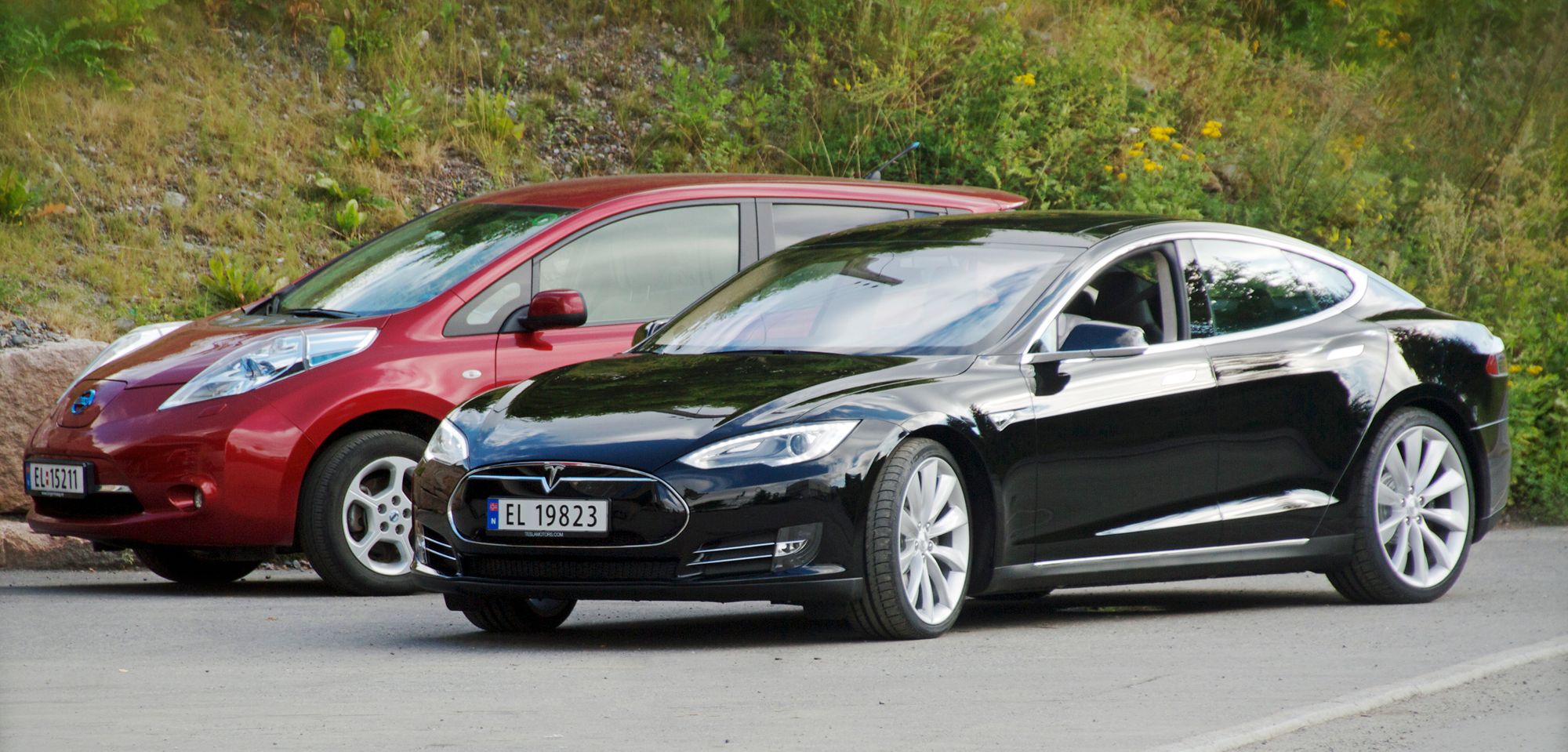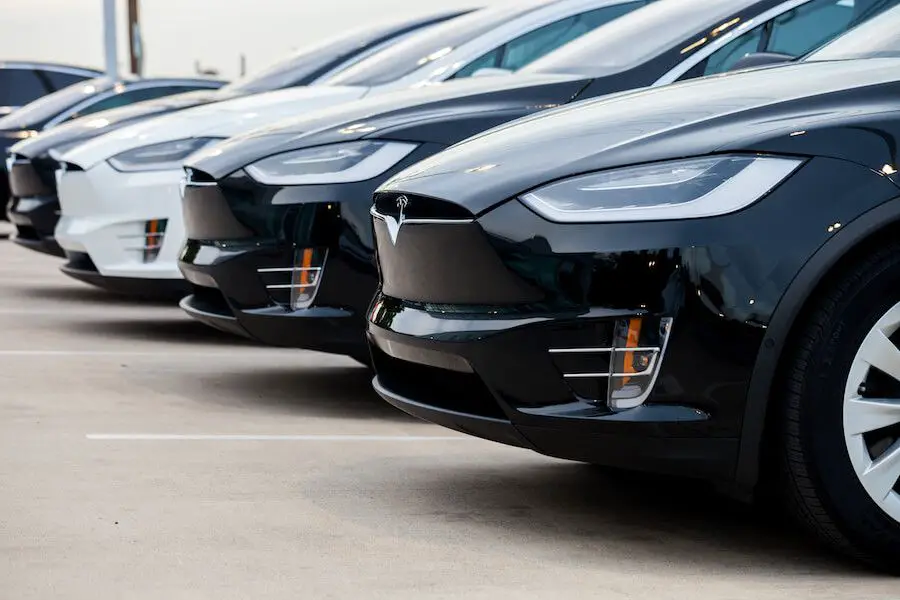
Electric Cars in the European Union (EU) and the United States (US) have several differences that go beyond these aesthetic features and the position of the driver’s side. These differences range from cost, government policies, national bias, and general public image.
If you’re in the US, you know that the Tesla is a pretty big deal. Its popularity is so massive that it seems like no other electric car could outrank it anywhere else in the world. However, the EU has a significant difference in taste.
Popular EVs in the EU
- Renault Zoe
- BMW i3
- Nissan Leaf
- Mitsubishi Outlander PHEV
Renault Zoe, manufactured by the French Motor Company, Renault, is more prevalent in Europe than the US. This prevalence is mostly due to its relatively small size compared to other electric cars. This rare characteristic makes it a perfect choice for navigating the tiny streets so common in most European cities. Renault is also a product of the European Motor Company. This accounts for its high customer demand.
The German BMW i3 is famous for its unique make as a futuristic-looking car; the popularity in Europe is a result of its limited appeal. Its design doesn’t quite sell in North American cities.
Next is the Nissan Leaf. This plug-in electric car has performed well both in the US and EU. However, it is much more popular in the EU. The car is practical, affordable, has smooth handling, and is accessible to consumers. Nissan Leaf has been in the market for over a decade now.
The Mitsubishi Outlander PHEV( Hybrid) is not only affordable but is great for both on and off-road travel. This hybrid car charges quickly, 80% in just 25 minutes. If running on battery only, people living in the EU can travel up to 22 miles, which is perfect for the smaller commutes between European cities.

Popular EVs in the US
- Tesla Model X and S
- Chevy Bolt
- Chevy Bolt (PHEV)
- Toyota Prius Prime
Tesla Model X and S, manufactured by Tesla, Inc., are known as long-range driving vehicles. Tesla cars are also fixed with state-of-the-art autonomous driver assistance such as lane centering, traffic-aware cruise control, self-parking, and automatic lane changer. They also have the ability to navigate through a limited-access freeway, which is ideal for longer commuter distances in the US.
The Chevy Volt Electric Car is essentially the only electric car that is not manufactured by Tesla in the US. It is comparatively cheaper than the Tesla Model X and S and guarantees an EPA estimated coverage of 259 miles with a full battery. As a result, it has registered considerable sales in the US rather than in Europe.
Next is the energy-efficient Toyota Prius Prime. The car’s ability to attract and meet the everyday needs of long-distance commuters with its hybrid engine brings mass appeal to more customers in the US than Europe.
Lastly, we have the Chevy Plug-in hybrid (PHEV). Manufactured by General Motors, this car has a far better electricity range and passenger-friendly design. For the American, the Chevy hybrid car has managed to get a significant customer base in the US because of its price and comfortable seats.
EV Sales
There are more electric cars on the European roads compared to those of U.S. Even though the US was the leader in electric car sales in the early 2010s, the EU quickly caught up and surpassed the US. In fact, the US electric car market seemingly plateaued. This is because of green incentives. Unlike the US, which did not give consumers many incentives to switch to electric cars, certain European countries offered generous financial and non-financial incentive packages. In France, those who purchased an electric car were offered €6,000 in grant money towards their purchase. In the UK, any electric vehicle that cost under £40,000 was exempt from road taxes.
Charging Station Differences
In the US, charging stations provide charging cables, whereas, in the EU, drivers carry their own cables. However, most charging stations in the US are privately owned (which is unsurprising). Oftentimes in the EU, cities and towns will provide public charging stations for drivers. Another unsurprising fact about US charging stations is that they prefer the bigger charging stations. EU electric car drivers prefer the smaller stations to conserve space.
Source: enrg.io




